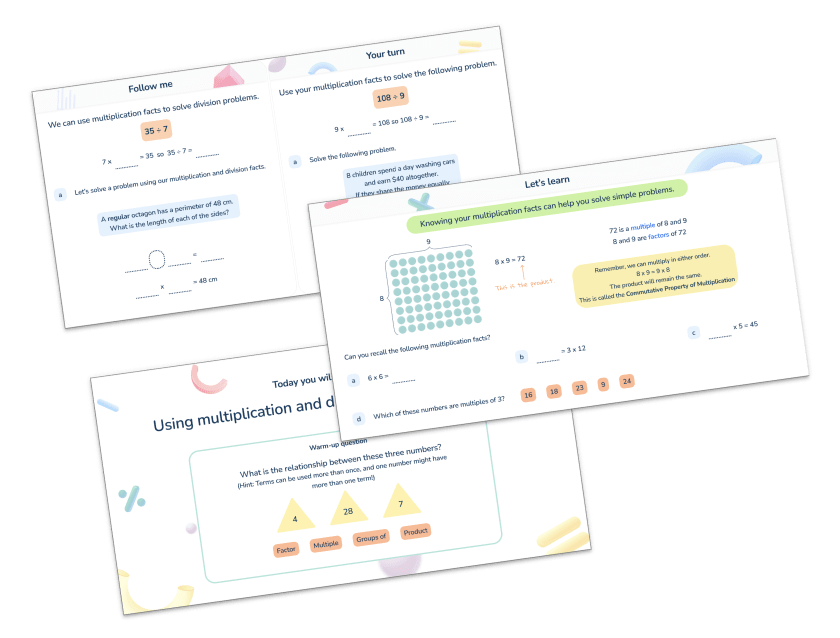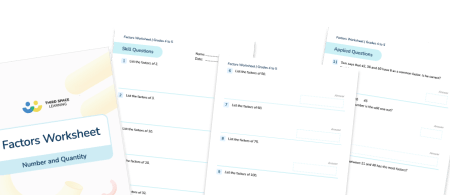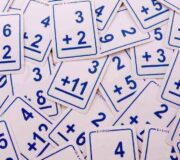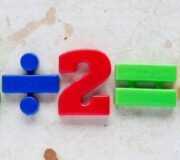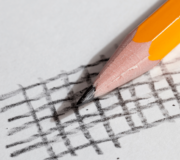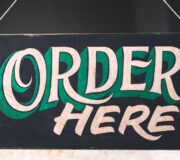What Are Factors: Explained for Teachers, Parents and Kids
Factors start to be mentioned in elementary school from about 3rd grade. Here you’ll find out what children will be taught and need to know about factors. A secure knowledge of multiplication facts is essential in understanding factors.
What is a factor?
A factor is a number that fits exactly into a given number, or divides a particular number with no remainder (fraction or decimal). They can also be identified as pairs of numbers that multiply together to make another number. A factor is always a positive integer (whole number).
Note: Children often confuse factors with multiples.
What are factors of a number?
Factors are divisors (but divisors can be positive or negative numbers) of a given whole number. A number may have many factors. Possible factors can be found using a factor tree or divisibility rules.
Examples of factors in math
5 is a factor of 10, 15, 20, 25, etc. because 10 ÷ 5 = 2, 15 ÷ 3 = 3, 20 ÷ 5 = 4, 25 ÷ 5 = 5, etc.; therefore, all the numbers in the 5 times table have 5 as a factor.
When finding factors, it’s useful to look for them in pairs as two factors will multiply to make another number. The factor pairs of 12 are 1 x 12, 2 x 6 and 3 x 4, so the factors of 12 are 1, 2, 3, 4, 6 and 12.
Square numbers have an odd number of factors as one of the factors is multiplied by itself – for example, the factor pairs of 25 are 1 x 25 and 5 x 5, so the factors of 25 are 1, 5 and 25.
Prime numbers only have two factors – themselves and 1.
Factors Worksheet
Printable factors worksheet for 4th Grade with 10 skills based practice questions and 5 applied questions.
Download Free Now!
When do children learn about factors in elementary school?
Students will first encounter factors in 3rd grade, where they will:
- recognize and use factor pairs and commutativity mentally and fluently
- use factors and multiples to determine unknown values in multiplication or division equations (i.e. 8 x ? = 48)
In 4th grade, children will:
- identify multiples and factors, including finding all factor pairs of a number, and common factors of two numbers
- know and use the vocabulary of prime numbers, prime factors and composite numbers
- solve problems involving multiplication and division including using their knowledge of factors and multiples, square numbers and cube numbers
And finally in 5th grade, where children will be expected to:
- identify common factors, common multiples and prime numbers
- use common multiples to create common denominators between two or more fractions when comparing, adding, or subtracting them
- use common factors to simplify fractions

Meet Skye, the voice-based AI tutor making math success possible for every student.
Built by teachers and math experts, Skye uses the same pedagogy, curriculum and lesson structure as our traditional tutoring.
But, with more flexibility and a low cost, schools can scale online math tutoring to support every student who needs it.
Find out more
What is the greatest common factor?
The greatest common factor is the largest factor shared between two given numbers. For example, the greatest common factor of 12 and 16 is 4 as it is the largest number that both given numbers can be divided by without remainders. Greatest common factors can be used to simplify fractions.
Read more: What is the Greatest Common Factor?
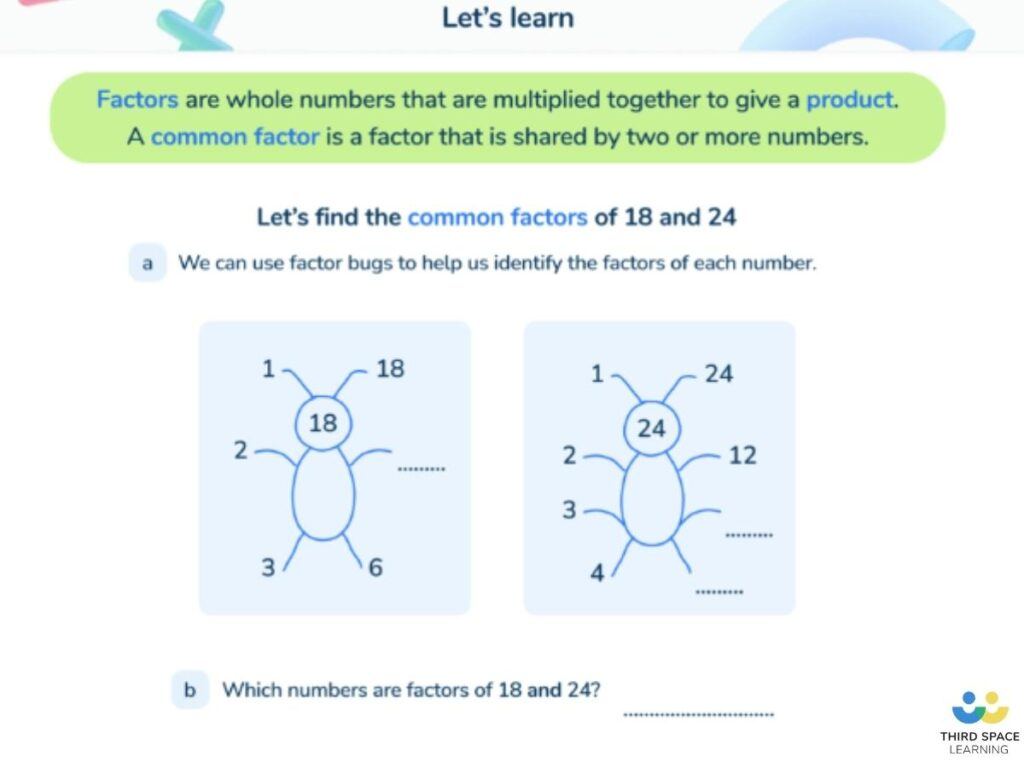
How do factors relate to other areas of math?
Common factors are used when simplifying fractions. Factors are also useful when discussing the area of a rectangle or the volume of a rectangular prism.
Factors in real life
Prime factors are often used in cyber security, to encrypt information.
Factors are also useful when organizing a number into groups – for example, a class of 28 children could be split into 2 groups of 14, 4 groups of 7, 7 groups of 4 or 14 groups of 2.
6 factor practice questions and answers
- The factors of a number are 1, 2, 3, 5, 6, 10, 15 and 30. What is the number?
- List the factors of 24.
- What’s the greatest common factor of 24 and 30?
- Write three factors of 30 that are not factors of 15.
- Tick the numbers that are common factors of both 12 and 18: 2, 3, 6, 9, 12
- Here are five numbers: 2 3 4 5 6. Write each number on the correct cards. The number 2 has been written on the correct cards for you.
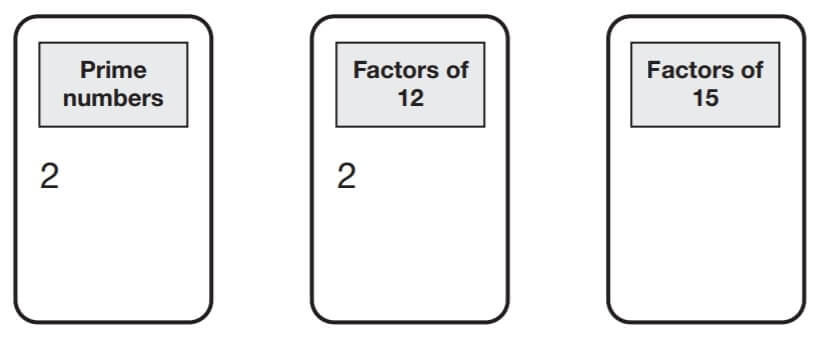
Answers:
- 30
- 1, 2, 3, 4, 6, 8, 12, 24
- 6
- 2, 6, 30
- 2, 3, 6
- Prime numbers: 2, 3, 5
Factors of 12: 2, 3, 4, 6
Factors of 15: 3, 5
The factors of 12 are 1, 2, 3, 4, 6 and 12.
The factors of 21 are 1, 3, and 7.
An easy way to explain factors to children is that “factors are friends – they come in pairs”. Using a “factor rainbow”is a good way of visualizing these pairs.
For guides on introducing more new words in primary math, take a look at our math dictionary for parents and kids
Do you have students who need extra support in math?
Skye—our AI math tutor built by experienced teachers—provides students with personalized one-on-one, spoken instruction that helps them master concepts, close skill gaps, and gain confidence.
Since 2013, we’ve delivered over 2 million hours of math lessons to more than 170,000 students, guiding them toward higher math achievement.
Discover how our AI math tutoring can boost student success, or see how our math programs can support your school’s goals:
– 3rd grade tutoring
– 4th grade tutoring
– 5th grade tutoring
– 6th grade tutoring
– 7th grade tutoring
– 8th grade tutoring
The content in this article was originally written by primary school teacher Sophie Bartlett and has since been revised and adapted for US schools by elementary math teacher Jaclyn Wassell.
